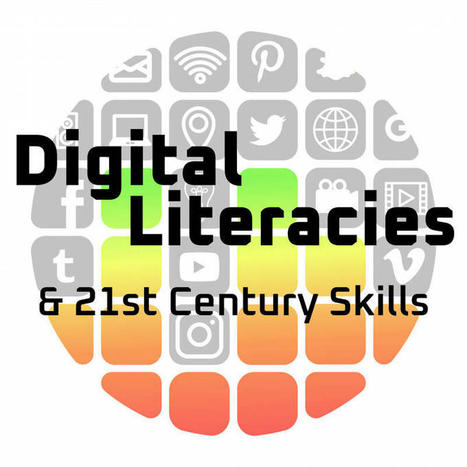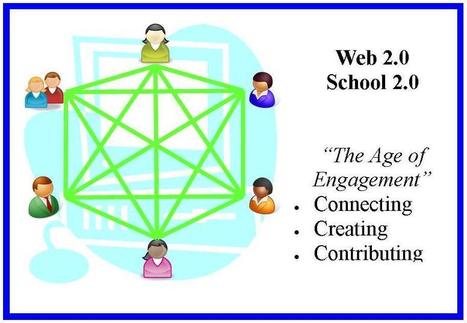Upgrading Connectivity
The ConnectED initiative will, within five years, connect 99 percent of America’s students to next-generation broadband and high-speed wireless in their schools and libraries. The Federal Communications Commission (FCC) and companies like Apple, Microsoft, Sprint, and Verizon are already providing their support, collectively pledging to connect more than 20 million more students over the next two years.
ConnectED will also provide better broadband access for students in rural areas, by expanding successful efforts to connect parts of the country that typically have trouble attracting investment in broadband infrastructure.
Training Teachers
Our teachers need better tools to help them succeed – and technology can play a central role. For example, new digital education tools can allow for real-time assessments of student learning, provide faster feedback to drive professional development, and enable the creation of interactive online lessons, helping teachers understand each student’s strengths and weaknesses and design lessons and activities to better meet their needs.
ConnectED invests in improving the skills of teachers, ensuring that every educator in America receives support and training in using education technology tools that can improve student learning. ConnectED will also lead to new resources for teachers from any school to open their classrooms to interactive demonstrations and lessons from world-renowned experts, and to collaborate with other educators worldwide.
Via
Dr. Susan Bainbridge,
Miloš Bajčetić



 Your new post is loading...
Your new post is loading...
















